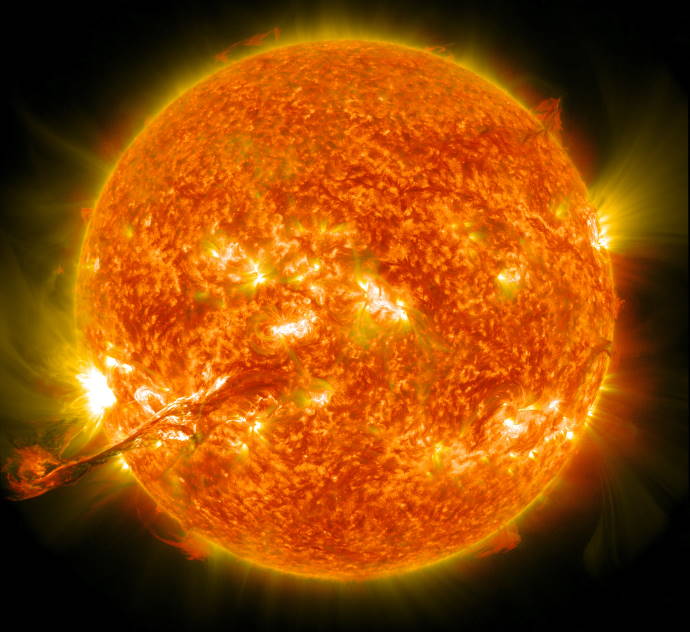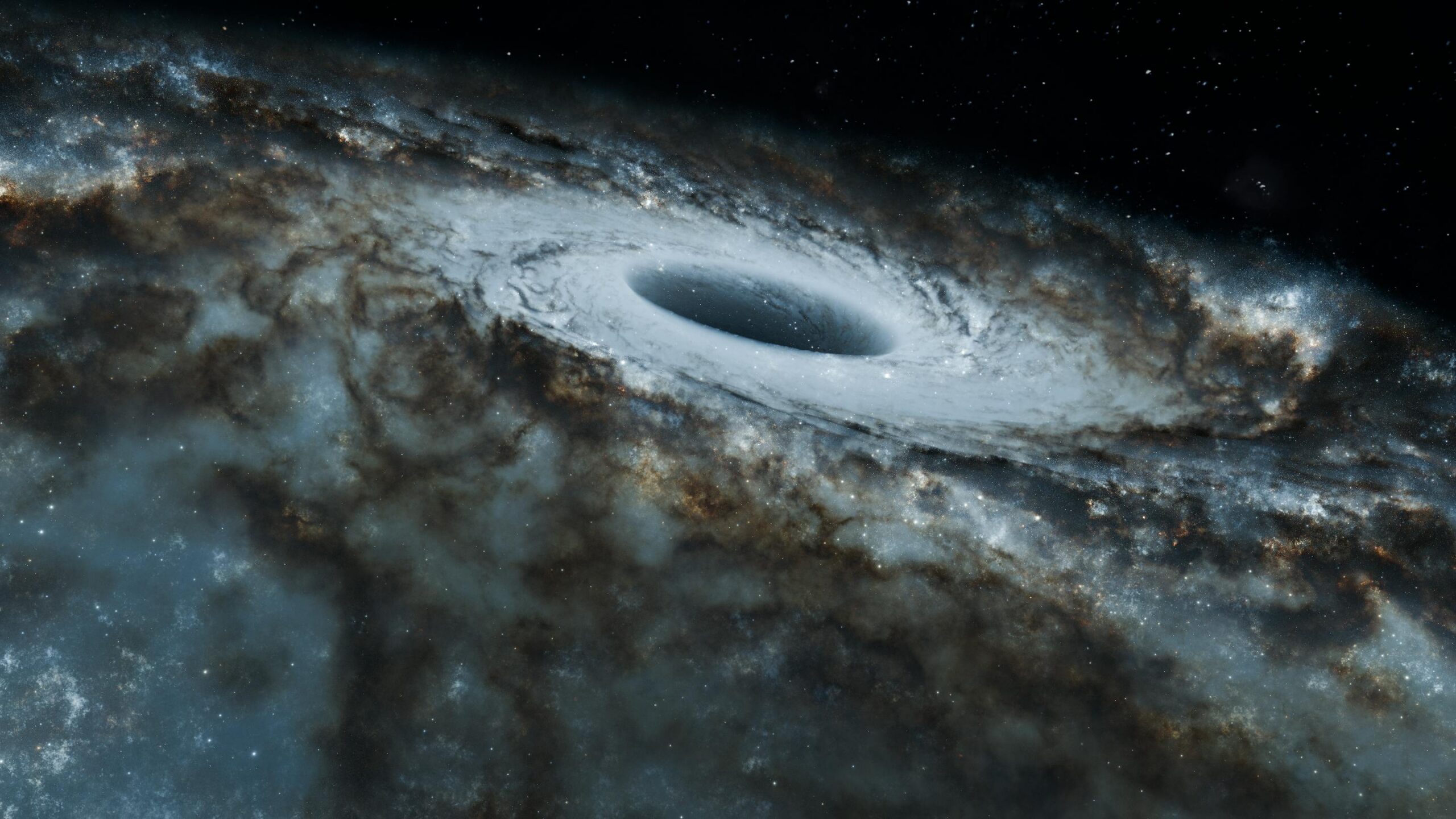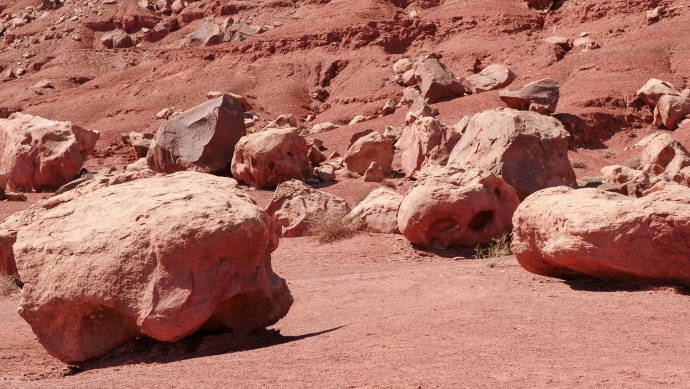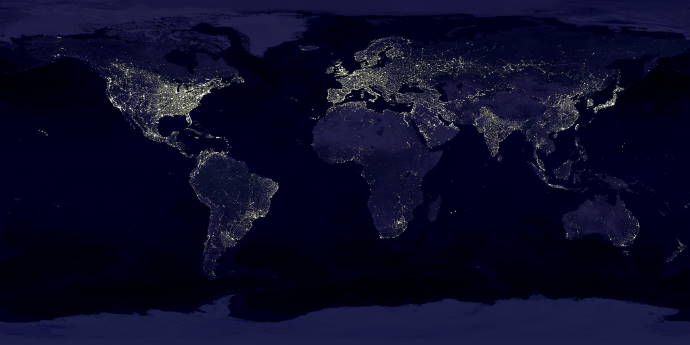A space weather researcher has issued a dire warning that a devastating disaster may strike Earth within the next decade. A strong solar storm may destroy up to 90% of civilization, says Ben Davidson, creator of Space Weather News. Our current location puts us in the “eye of the storm,” according to him, and the catastrophic process might begin any second now.
Davidson mentions the possibility of a solar “micronova” altering the magnetic poles on Matt Beale’s Limitless podcast. Severe climate change, catastrophic calamities, tsunamis, and maybe mass extinctions might result from this. According to the specialist web Wion, the Sun’s activity in the last several years has been very high, which raises the danger.
The authority claims that solar explosions of varied intensities happen about once every 6,000 years, with the most intense explosions happening every 12,000 years. The solar storm that crippled telegraph networks and sparked fires in 1859 was the Carrington incident, which he remembers. But in the next 10–25 years, Earth may be slammed by a far bigger storm of this kind.
The Earth’s magnetic shield is becoming less effective as a result of variations in the outflow of molten iron from the core, making the planet increasingly more susceptible. The danger of disastrous outcomes grows when the protective field weakens due to the movement of the magnetic poles.
A storm of this magnitude has the potential to disable emergency services, cut off electricity to whole communities, and contaminate food and water supplies, even if it doesn’t kill everyone right away. The gas stations will run out of gas in three days. Davidson cautions that supermarkets will be severely understocked on food. He claims that many of the indicators of this kind of situation are already visible.
Massive extinctions may occur within 250 million years if carbon dioxide levels continue to rise, according to scientists. This century may also see mega-tsunami waves that flood large swaths of coastline.




